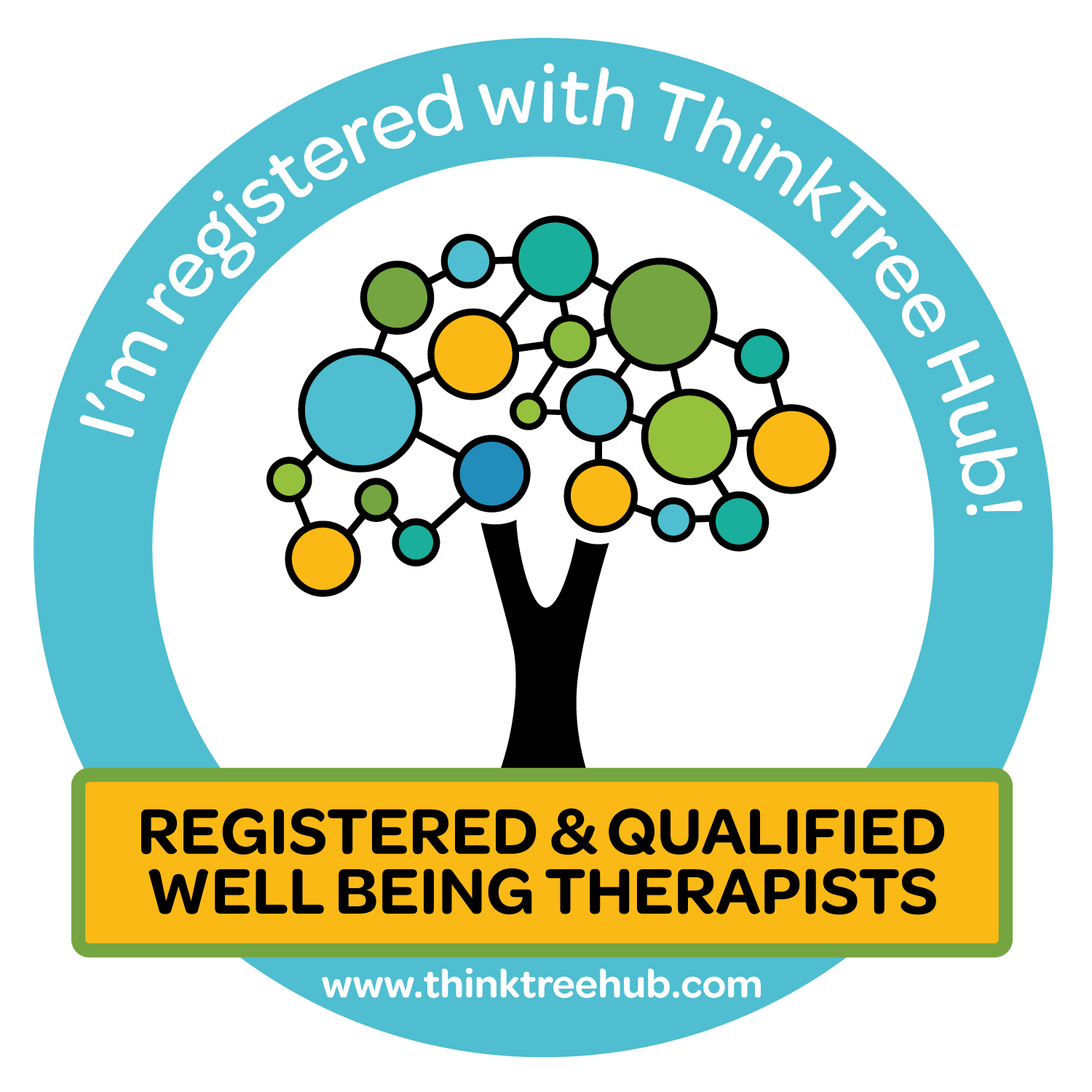Burn out
Extinguishing burn out
Managing and Extinguishing Burnout: Recognising the Impact of Modern Life on Mental Health and Wellbeing
Introduction:
In today's fast-paced world, many individuals find themselves constantly juggling multiple responsibilities, pushing themselves to the limit, and burning the candle at both ends. While ambition and dedication are admirable qualities, they can often lead to burnout. Burnout is a state of physical, mental, and emotional exhaustion caused by prolonged exposure to stress and excessive work demands. This blog aims to shed light on the impact of modern life's relentless pace on mental health and wellbeing, as well as provide practical strategies to recognise and manage burnout effectively.
Understanding Burnout:
Burnout is not simply feeling tired or stressed; it is a chronic condition that can have severe consequences on one's mental and physical health. It often manifests as a combination of emotional exhaustion, cynicism or detachment from work, and a reduced sense of accomplishment. Recognising the signs of burnout is crucial in order to address it promptly and prevent further deterioration.
Recognising Burnout:
1. Physical Symptoms: Chronic fatigue, insomnia, headaches, and frequent illnesses can be indicators of burnout.
2. Emotional Signs: Feelings of cynicism, irritability, and a lack of motivation or interest in previously enjoyable activities may suggest burnout.
3. Cognitive Impairment: Difficulty concentrating, memory problems, and decreased productivity are common cognitive symptoms of burnout.
4. Interpersonal Challenges: Burnout can lead to increased conflicts, withdrawal from social interactions, and a sense of isolation.
Managing Burnout:
1. Prioritise Self-Care: Engage in activities that promote relaxation, such as exercise, meditation, or hobbies. Set boundaries and allocate time for rest and rejuvenation.
2. Seek Support: Reach out to friends, family, or professional counsellors who can provide a listening ear and guidance during challenging times.
3. Practice Stress Management Techniques: Incorporate stress-reducing practices into your daily routine, such as deep breathing exercises, mindfulness, or journaling.
4. Establish Work-Life Balance: Set realistic goals, delegate tasks when possible, and learn to say no to excessive work demands. Create boundaries between work and personal life to ensure time for self-care.
5. Take Regular Breaks: Incorporate short breaks throughout the day to recharge and refocus. Stepping away from work can enhance productivity and prevent burnout.
6. Evaluate and Adjust: Regularly assess your workload, responsibilities, and priorities. Identify areas where adjustments can be made to reduce stress and prevent burnout.
7. Foster Supportive Work Environments: Encourage open communication, promote work-life balance, and advocate for policies that prioritise employee well-being within your workplace.
Remember....
In a world that glorifies constant productivity and achievement, it is essential to recognise the impact of burnout on mental health and wellbeing. By understanding the signs of burnout and implementing effective strategies to manage it, individuals can regain control over their lives and prevent further deterioration of their mental and physical health. Remember, self-care and prioritising personal well-being are not signs of weakness but rather essential components of a healthy and fulfilling life, strength and wellbeing.





